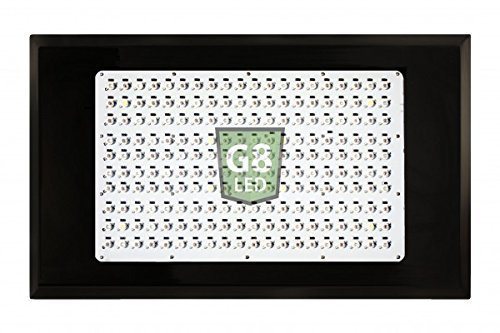The absence of yard space doesn’t mean you can’t begin your vegetable garden. The use of LED grow lights allows anybody to grow vegetables inside their homes. The vegetable nursery can be created atop a table or even on the ground. Whatever you are comfortable with and have the budget for. You will a fixture that will allow you to hang the artificial light.
Some Vegetables that Grow Well Inside
Most vegetable plants require at any rate six to eight hours of full sun every day. This measure of daylight is essential for plants to develop, bloom and ripen. All plants can be grown inside; however, some grow better than others. Here are some that do well indoors:
Carrots: Root veggies do well inside, in as much as you utilize fertile soil. Soil with rocks upset the development of root veggies. Make sure you use a deep container for root vegetables.
Radishes: Radishes grow quickly. Some reach a ripened state in under three weeks. Radishes don’t require as much root space as carrots, and they are an excellent addition to your salads.
Broccoli: A lot of people have said that they have problems growing broccoli, although they can be cultivated inside. If you don’t have a green thumb for it, you can try leafy veggies such as cauliflower and cabbage.
Leafy veggies: for example, spinach and lettuce, are raised well inside. Tomatoes although a fruit but are frequently used in salads can also be cultivated indoors. Once you have decided on what vegetables you want to grow, the next thing is to find something to grow them in.
Find A Suitable Flowerpot or Container
A simple flowerpot of varying size or a custom-made box or plastic container can also work to grow your veggies. Make sure that the container you select has drainage holes. Ensure you focus on what your plant needs. Some plants require larger pots than others like carrots they require a deeper box than the other veggies. Leafy veggies and herbs grow well in 4-inch containers. Some other plants may need one to two-gallon holders. Larger plants, for example, certain tomatoes can require around a five-gallon pot, box or container.
The Right LED Growing Light
The LED growing light and the time are one of the essential factors that will affect the growth of your vegetables. Depending on the size of your indoor vegetable garden, you will need to get a customized recommendation from sites like dormgrow.com that provide lighting equipment. Plants require blue wavelength light in the initial stage from germination to flowering. During flowering or blooming stage that is the point the fruit or vegetable ripens they need more red wavelength light. LED kits available provide the complete solution till the time the veggies ripen. The timer is crucial as it will turn on and off the lights without your supervision.
Adequate Water
All plants should be checked upon regularly. Check your vegetables every day to figure out which ones need more water. You will likewise need to include compost. Ensure you follow the instructions as too much fertilizer can damage or even kill your veggies.
Are They Ripe?
Check for signs of ripening, before long; you will be able to collect your veggies once they are ready. Vegetables can take anywhere from 21 days to several months, depending on the veggie you decided to grow. You can continue the cycle of planting new veggies or try to pollinate them yourself using an earbud.


